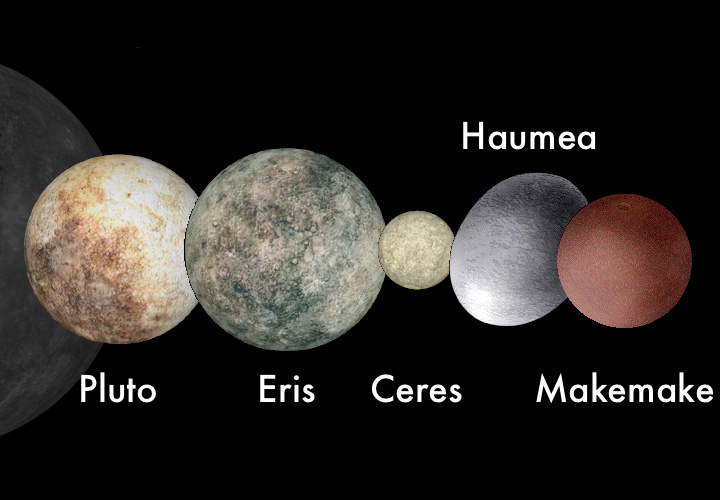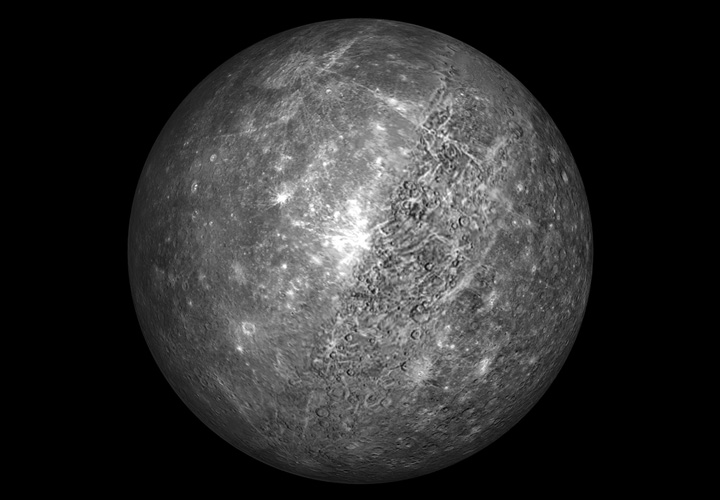15 Facts about Dwarf Planets: The Unusual Family Members
Our Solar System is not only home to Sun, planets and their moons, and random small objects. There are other more defined structures which needed mention. Here we are talking about the Dwarf planets. Here are some interesting facts about the five recognized dwarf planets: The term dwarf planet was adopted in 2006 as part of a three-way categorization of bodies orbiting the Sun Liberal estimates are that another hundred or so known objects in the Solar System may be dwarf planets. The number may exceed 10,000 when objects scattered outside the Kuiper belt are considered Discoverer of Eris and Makemake, Michael E. Brown, stated that use of the term dwarf planet for a non-planet is “dumb” Ceres was the first asteroid to be discovered in the Asteroid Belt, thus the minor-planet designation: 1 Ceres Ceres does not have any natural satellite Pluto is…
15 Facts about Mercury: The Messenger of God
Mercury ( ☿ , बुध ), the closest planet to the Sun is the one which faces its maximum fury. This tiny piece of rock has its own fascinating features. Here are some interesting facts about the mighty Mercury: Both moons individually only have a mass equal to 40% of Mercury The Roman god Mercury serves as the guide of souls to the underworld An observer on Mercury would see only one day every two Mercurian years The polar region is constantly below -93° C Mercury is too small and hot for its gravity to retain any significant atmosphere over long periods of time Appendix: Exosphere This Exosphere contains Hydrogen, Helium, Oxygen, Sodium, Calcium, Potassium and others. Mercury’s gravity is double that of our Moon Mercury’s magnetic field is much weaker than Earth‘s magnetic field. It is still strong enough to deflect…

